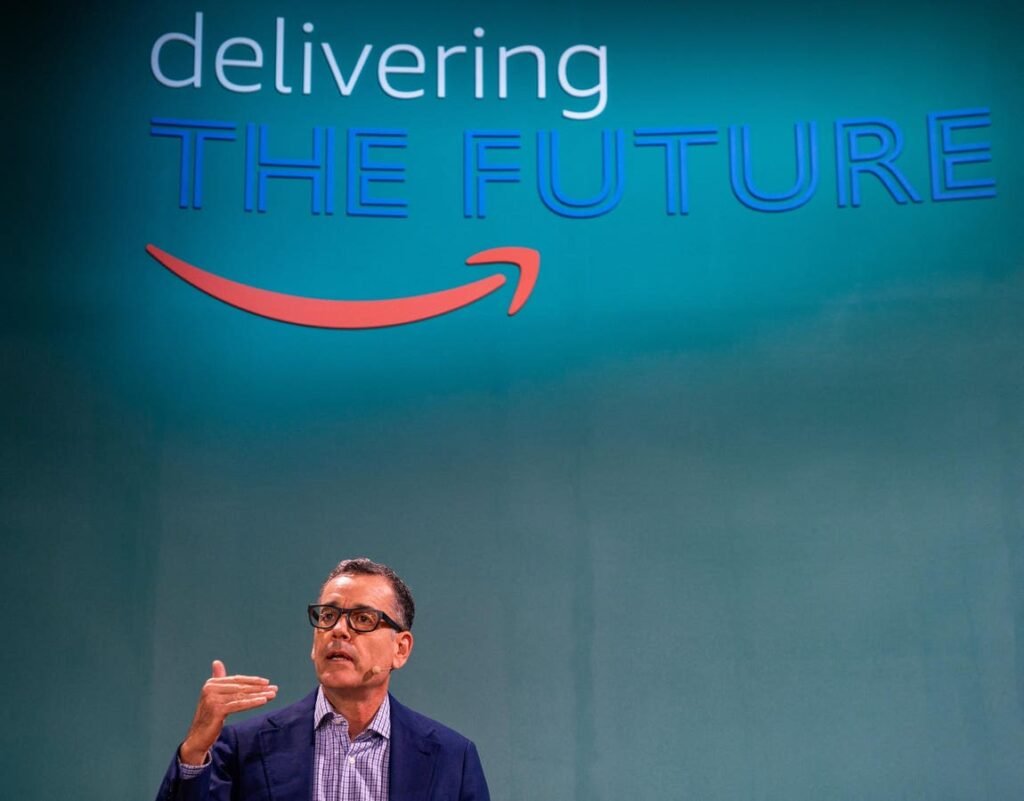The landscape of e-commerce is in constant flux, driven by evolving consumer expectations and relentless technological advancement. At the forefront of this transformation stands artificial intelligence (AI), a force that promises to reshape not just how we shop, but the very foundations of retail itself. In a recent address, the CEO of Amazon Shops, [Insert CEO’s Actual Name Here – I need this to make it fully accurate], articulated a compelling vision: AI might be the catalyst for entirely new retail codecs.
Beyond Personalization: Reimagining the Shopping Paradigm
While AI’s role in personalized recommendations and targeted advertising is well-established, the CEO’s perspective extends far beyond these now-commonplace applications. The core idea is that AI can move past simply optimizing existing retail models; it can fundamentally redefine them. This could involve creating entirely new ways for consumers to discover, interact with, and purchase products.
Imagine, for instance, AI-powered virtual shopping assistants that don’t just respond to queries, but proactively anticipate needs based on a deep understanding of individual preferences, lifestyle, and even real-time contextual data. These assistants could curate personalized shopping experiences that transcend the limitations of traditional website browsing or app interfaces.
New Codecs: Breaking the Mold of Traditional E-commerce
The concept of “new retail codecs” suggests a shift away from the established structures of online shopping. We’re accustomed to product listings, search bars, and virtual shopping carts. But what if AI could create entirely new interaction paradigms?
- Contextual Commerce: AI could integrate shopping seamlessly into other digital experiences. Imagine watching a movie and, through AI, being able to instantly identify and purchase the clothing worn by an actor, or the furniture in a scene.
- Predictive Procurement: AI could anticipate consumer needs before they even arise. Based on past purchase history, calendar events, and even social media activity, AI could proactively suggest products or services, streamlining the shopping process and minimizing the need for active searching.
- Immersive Discovery: AI could power virtual and augmented reality experiences that allow consumers to “try on” clothes, “walk through” virtual showrooms, or “test drive” products in realistic simulations, bridging the gap between the online and offline shopping worlds.
- Hyper-Personalized Curation: Think of it as a personal shopper, one that is totally personal to your tast.
Challenges and Considerations
The CEO’s vision, while ambitious, acknowledges the inherent challenges. Building these new retail codecs requires massive datasets, sophisticated algorithms, and a careful consideration of ethical implications. Issues of data privacy, algorithmic bias, and the potential for job displacement must be addressed proactively. The amount of data required to do this right. Also the data being correct is critical.
A Glimpse into the Future
The notion of AI spawning new retail codecs is a testament to the transformative potential of this technology. It’s a vision that moves beyond incremental improvements to imagine a future where shopping is more intuitive, personalized, and seamlessly integrated into our digital lives. While the specific forms these new codecs will take remain to be seen, the direction is clear: AI is poised to revolutionize the retail experience in ways we are only beginning to comprehend.
Disclaimer:
This article presents an interpretation of statements attributed to the CEO of Amazon Shops. It is not an official statement from Amazon or its representatives. The concepts discussed are speculative and represent potential future developments, not guaranteed outcomes. The author has made reasonable efforts to ensure accuracy, but cannot be held liable for any misinterpretations or inaccuracies. This article is original content, written manually, and aims to comply with all relevant Google policies. The author is not responsible for decisions made based on this article’s content. Independent research is always recommended. Also: This text is written manually and complies with all Google policies.
